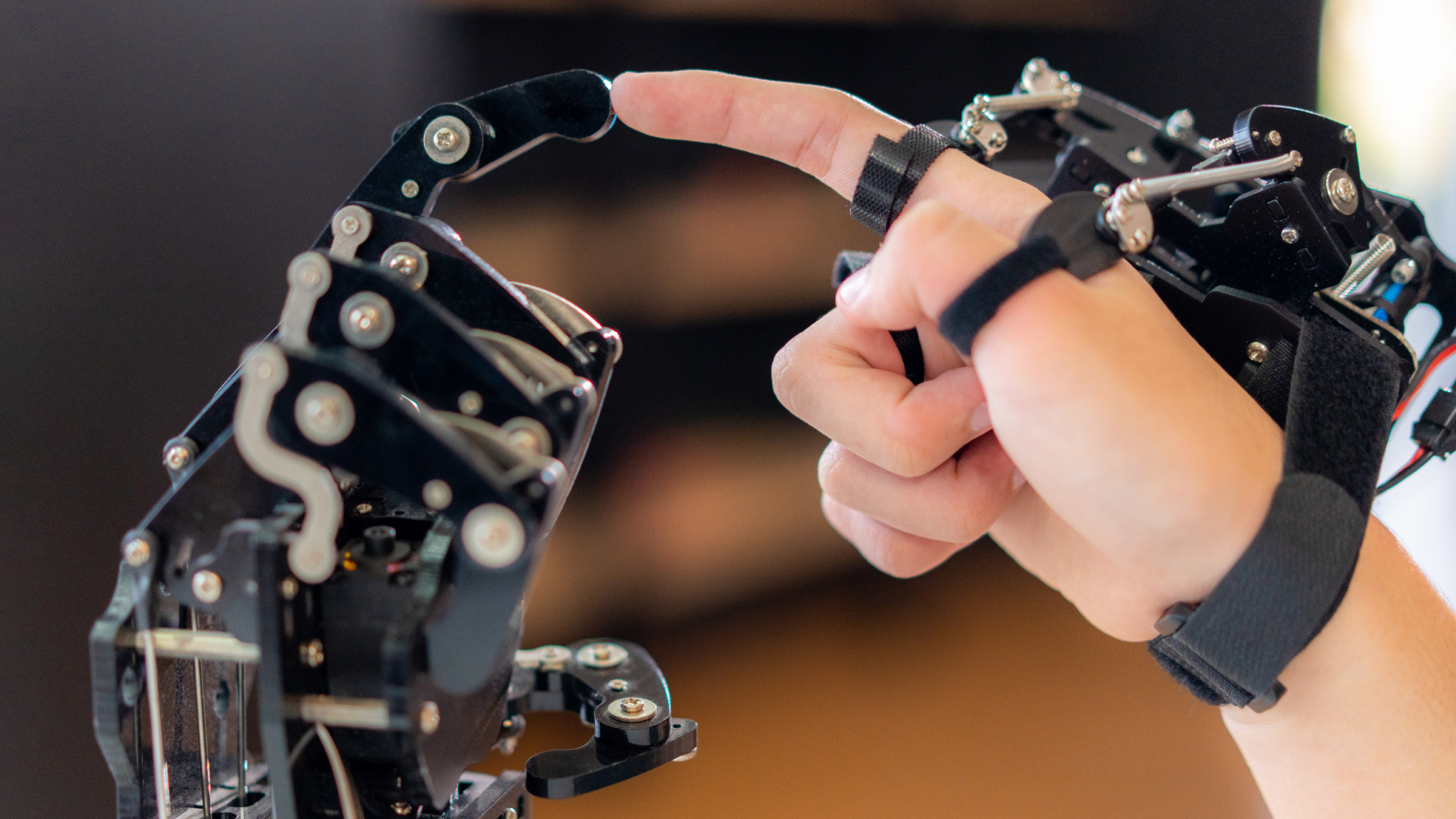Algorithms, Vol. 17, Pages 407: Interactive 3D Vase Design Based on Gradient Boosting Decision Trees
Algorithms doi: 10.3390/a17090407
Authors: Dongming Wang Xing Xu Xuewen Xia Heming Jia
Traditionally, ceramic design began with sketches on rough paper and later evolved into using CAD software for more complex designs and simulations. With technological advancements, optimization algorithms have gradually been introduced into ceramic design to enhance design efficiency and creative diversity. The use of Interactive Genetic Algorithms (IGAs) for ceramic design is a new approach, but an IGA requires a significant amount of user evaluation, which can result in user fatigue. To overcome this problem, this paper introduces the LightGBM algorithm and the CatBoost algorithm to improve the IGA because they have excellent predictive capabilities that can assist users in evaluations. The algorithms are also applied to a vase design platform for validation. First, bicubic Bézier surfaces are used for modeling, and the genetic encoding of the vase is designed with appropriate evolutionary operators selected. Second, user data from the online platform are collected to train and optimize the LightGBM and CatBoost algorithms. Finally, LightGBM and CatBoost are combined with an IGA and applied to the vase design platform to verify their effectiveness. Comparing the improved algorithm to traditional IGAs, KD trees, Random Forest, and XGBoost, it is found that IGAs improve with LightGBM, and CatBoost performs better overall, requiring fewer evaluations and less time. Its R2 is higher than other proxy models, achieving 0.816 and 0.839, respectively. The improved method proposed in this paper can effectively alleviate user fatigue and enhance the user experience in product design participation.

 3 months ago
131
3 months ago
131


